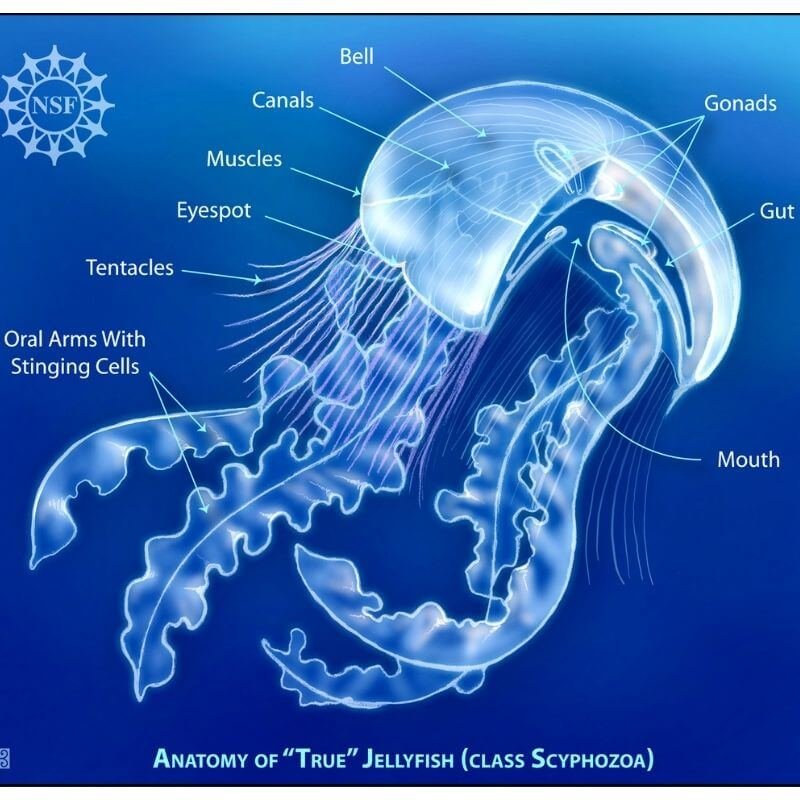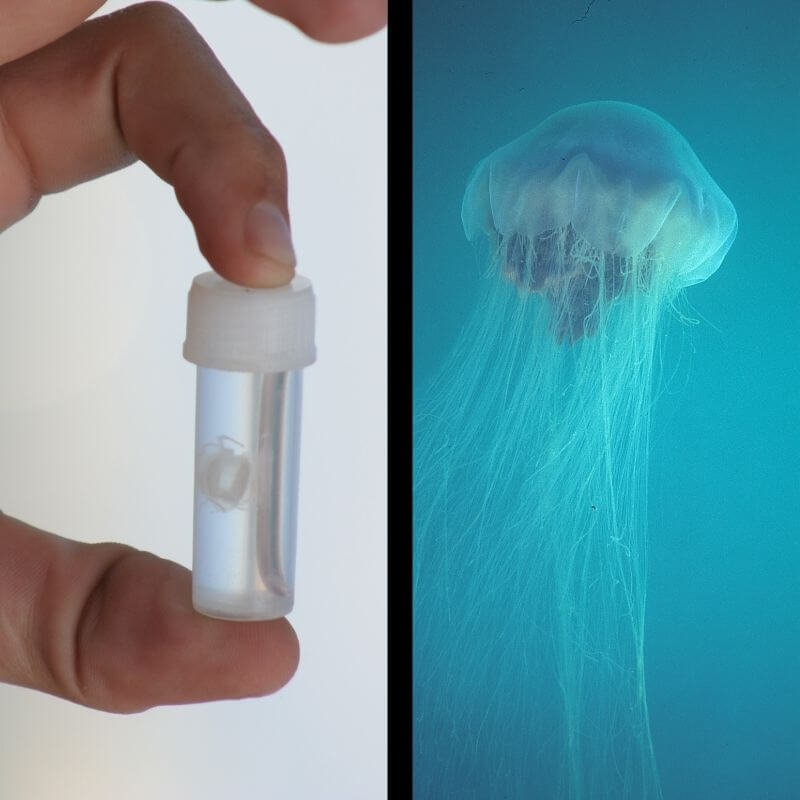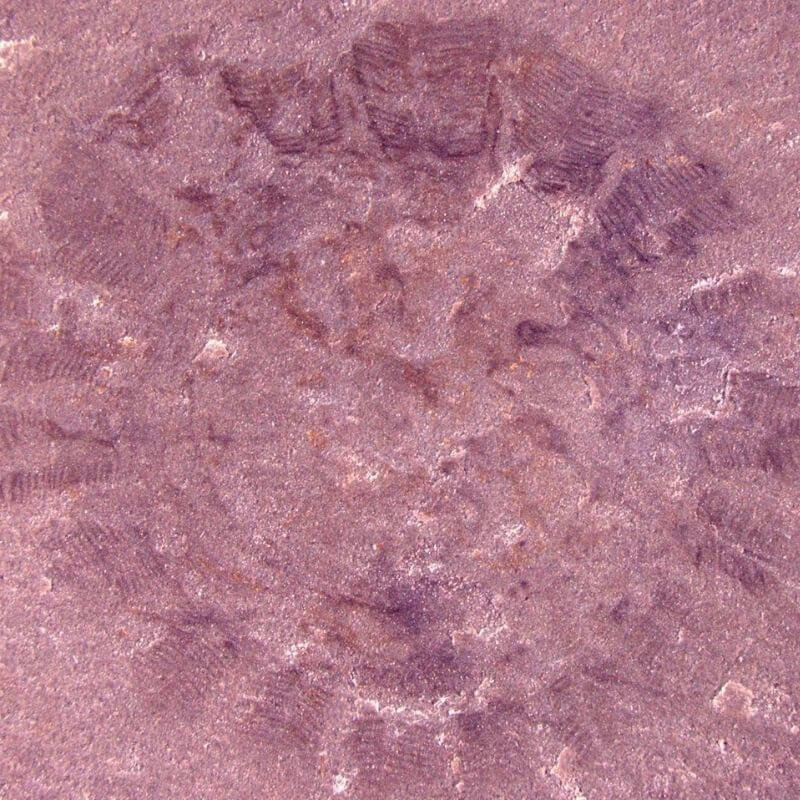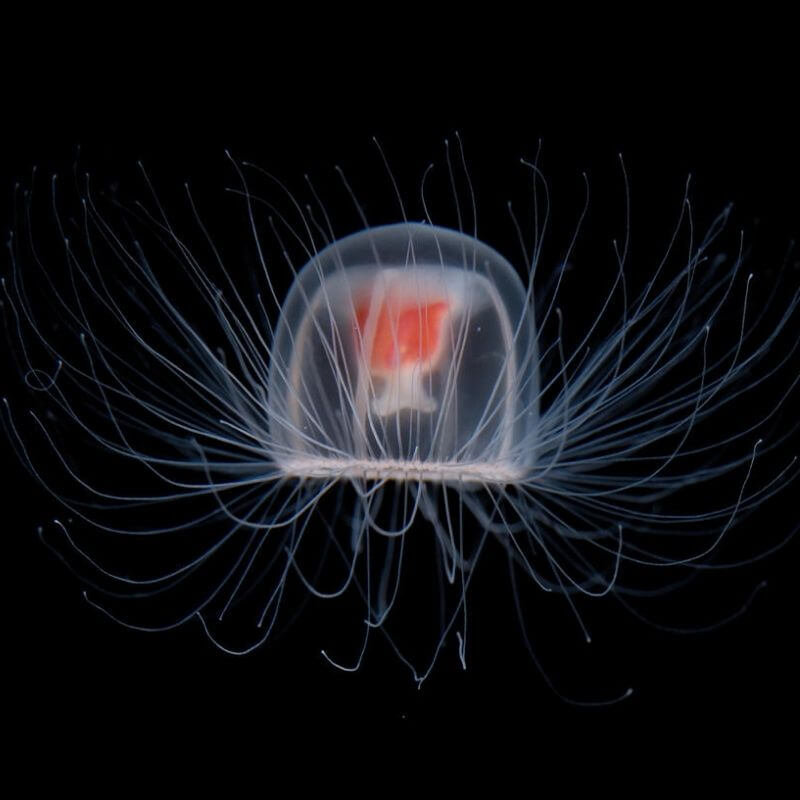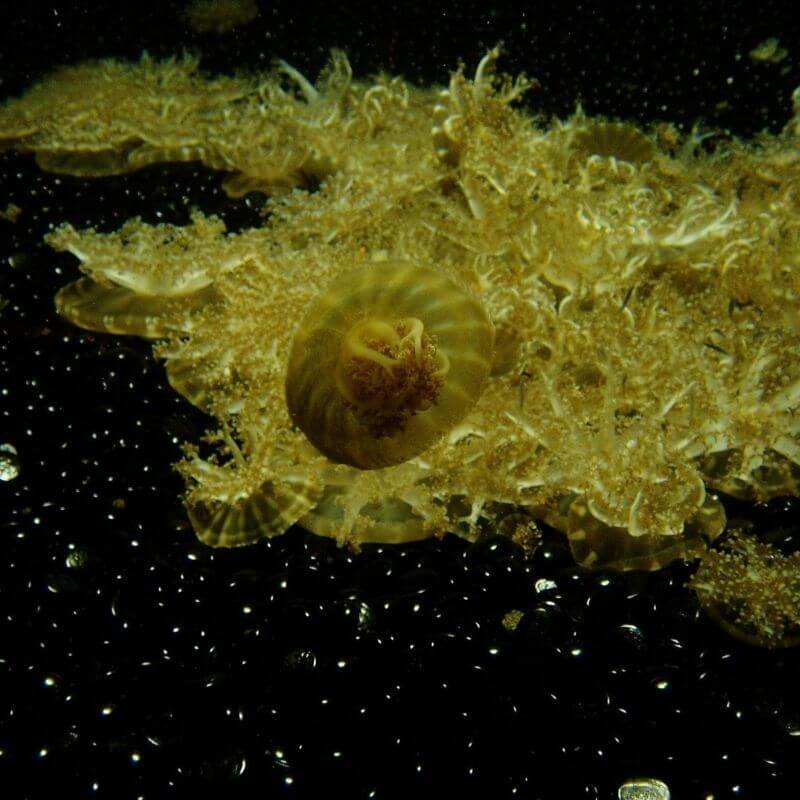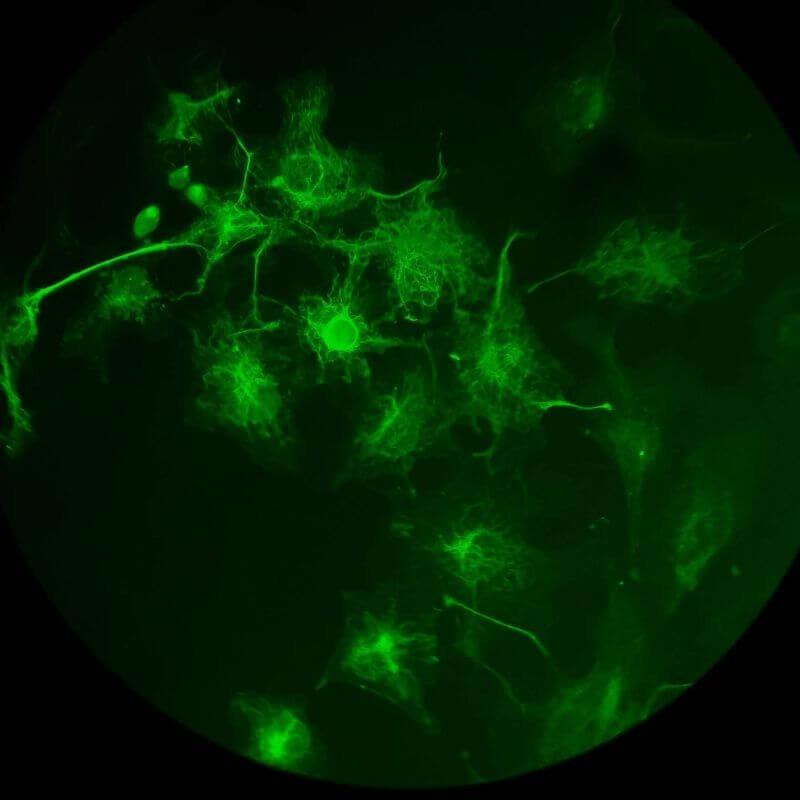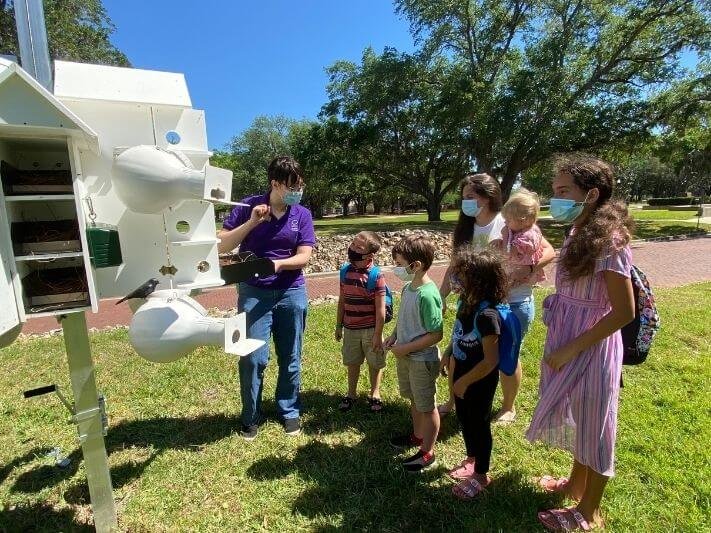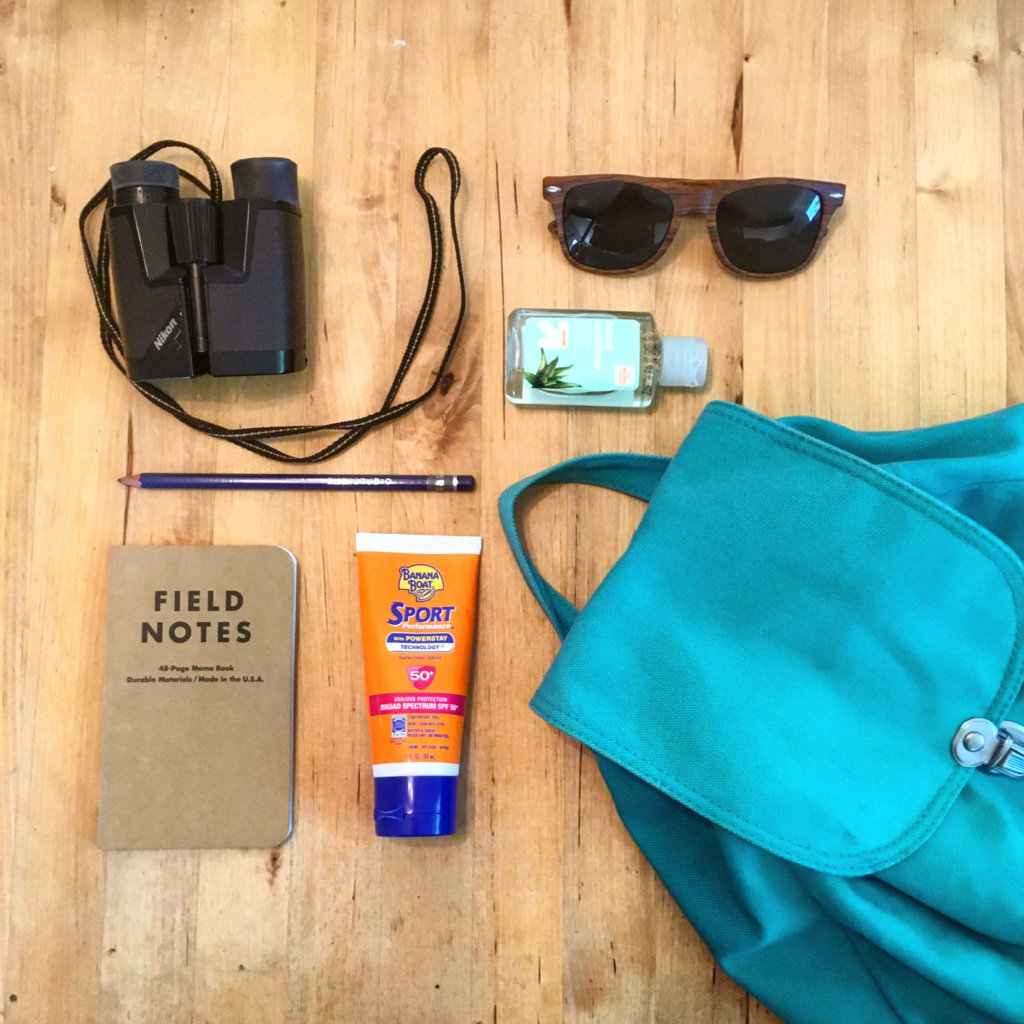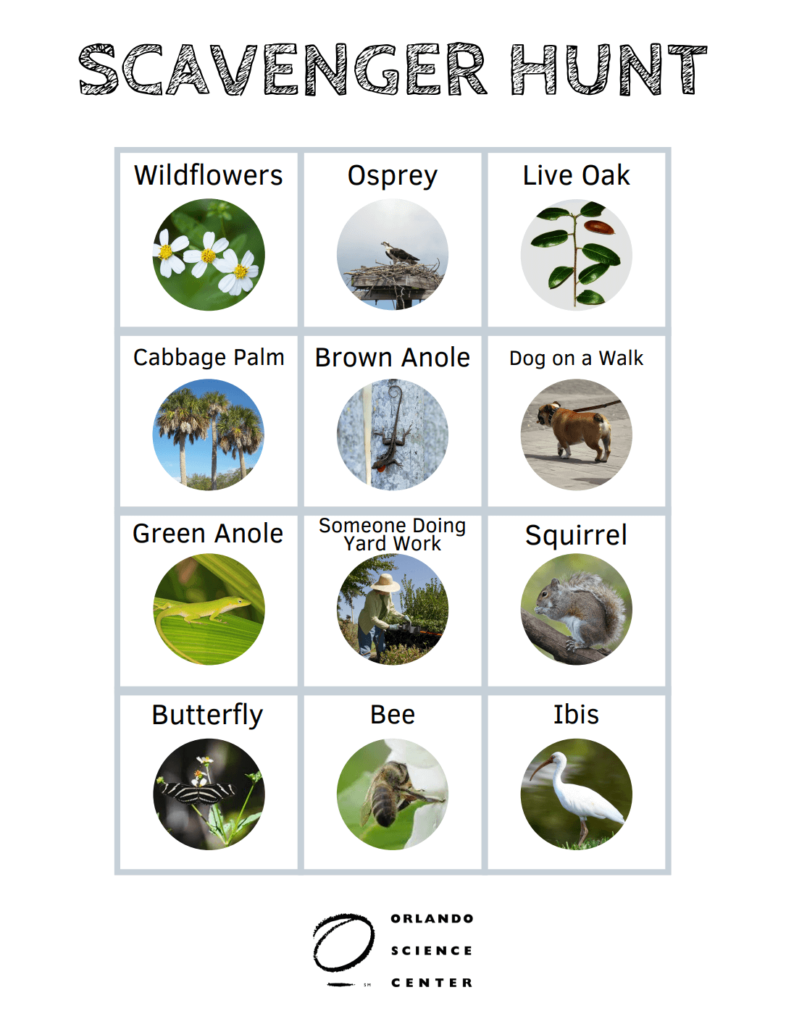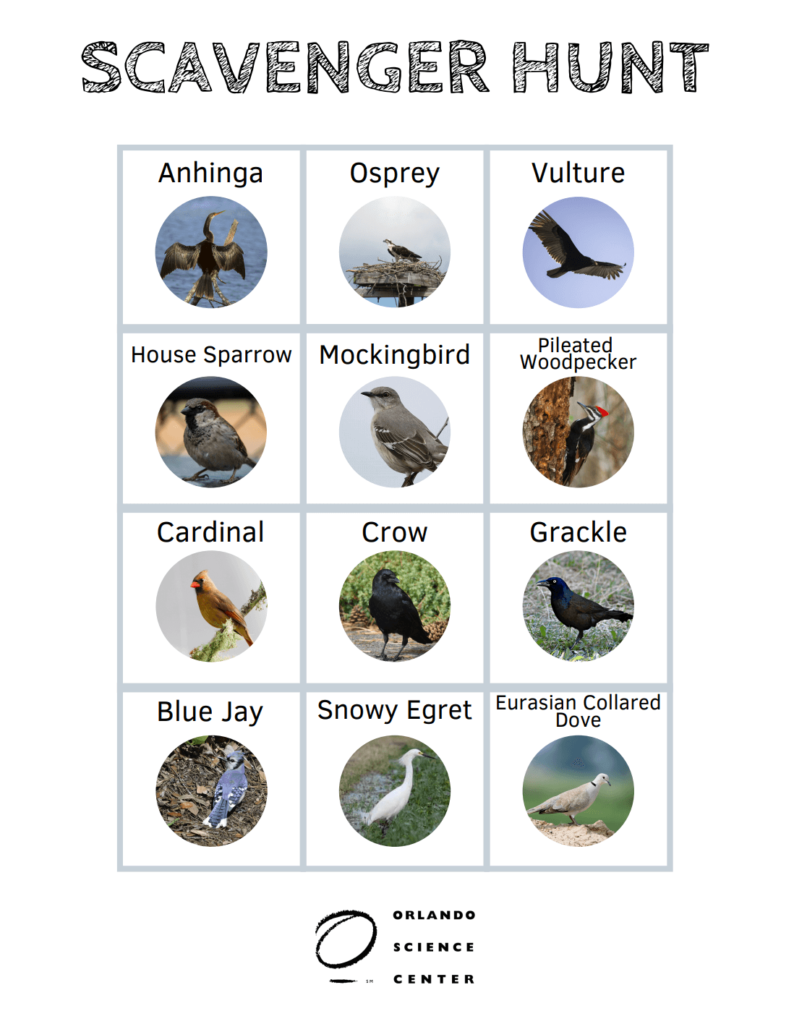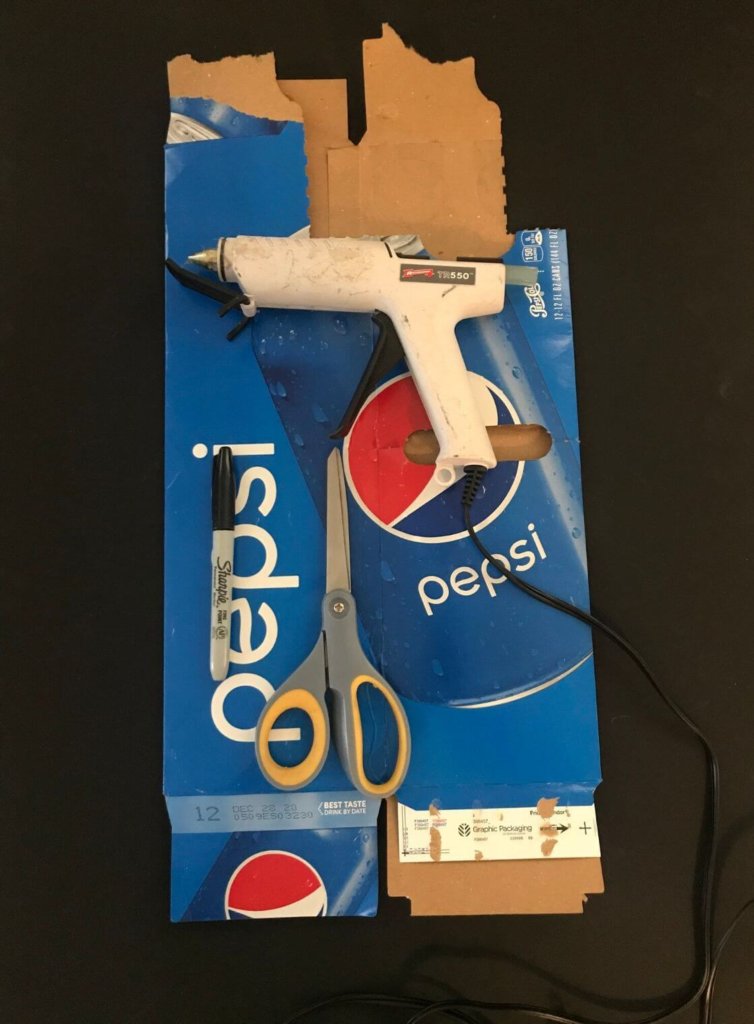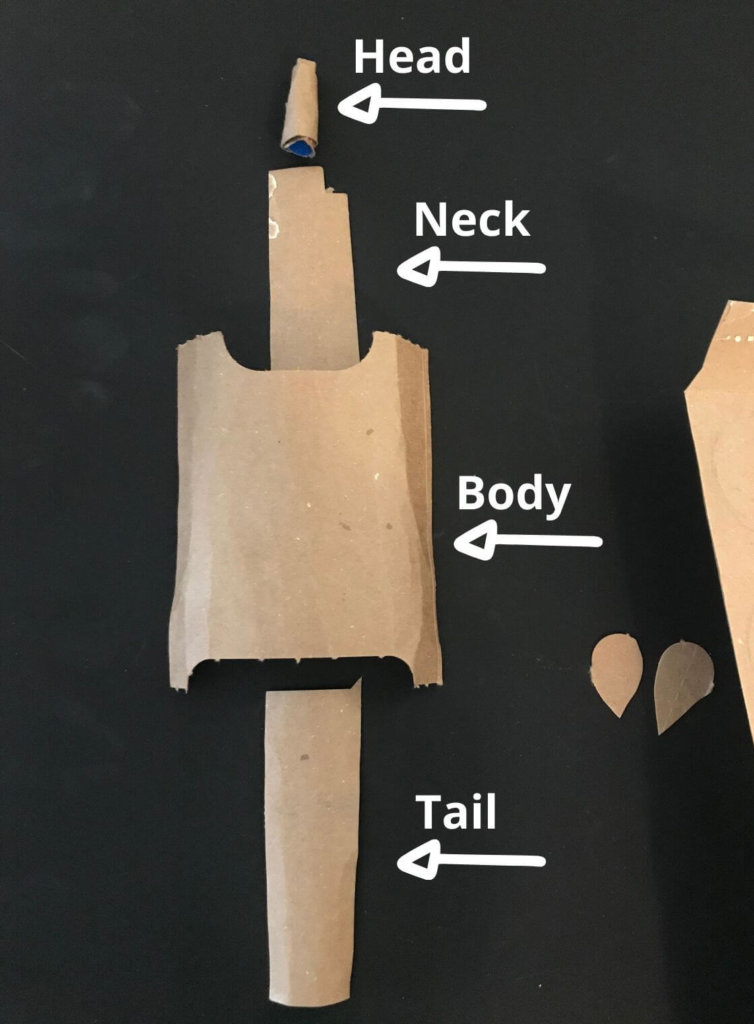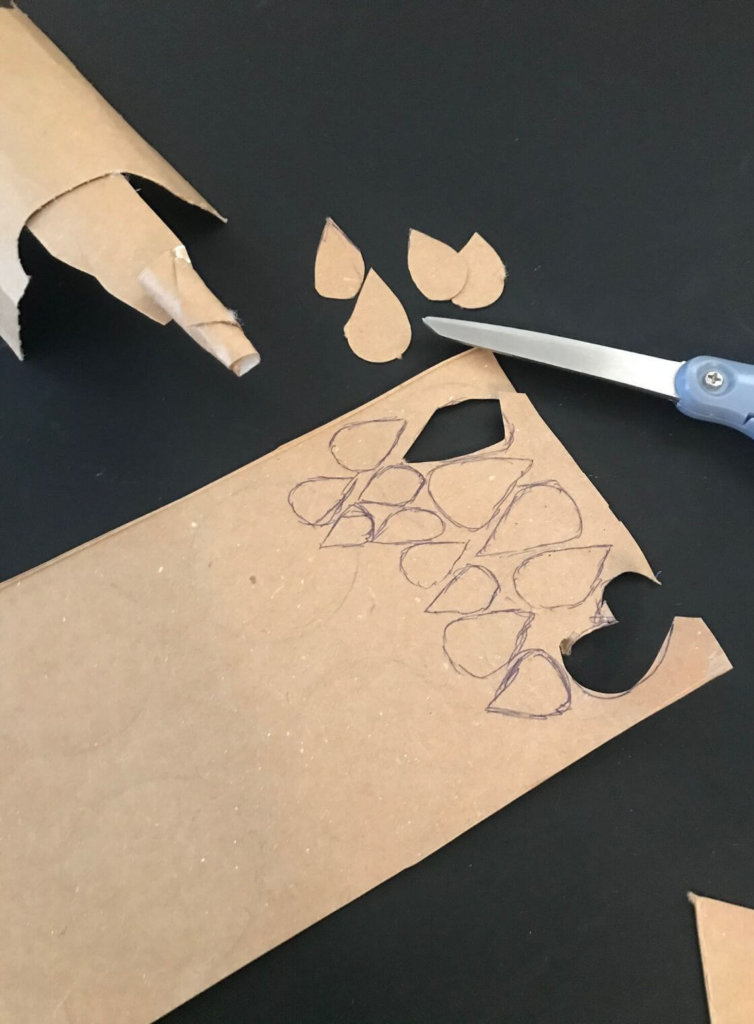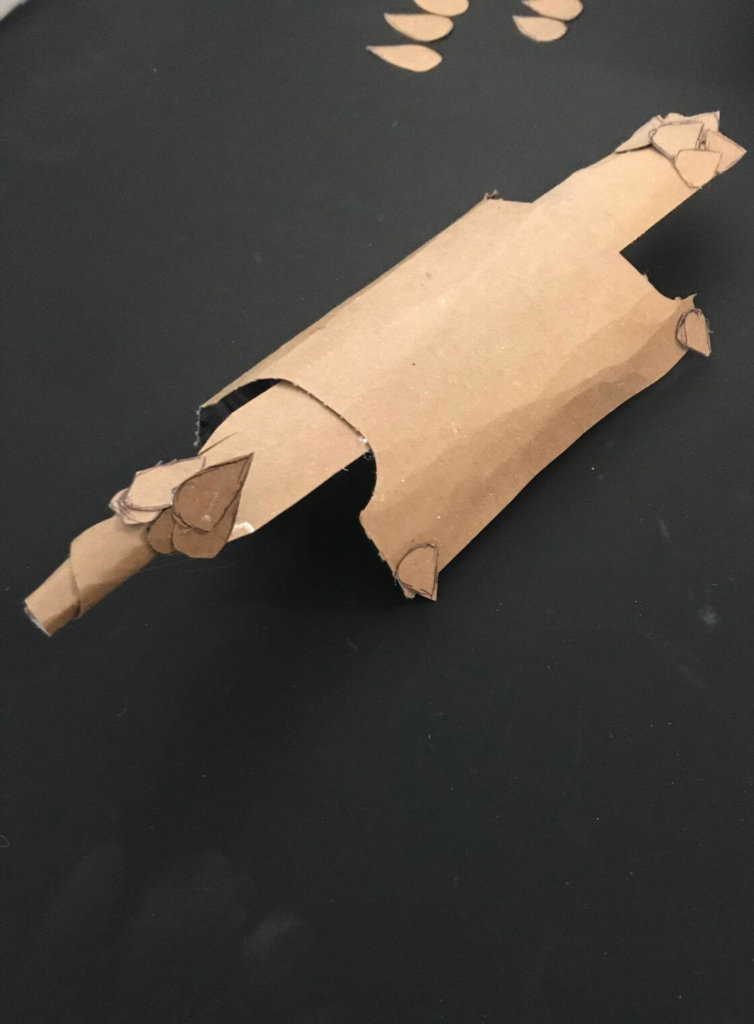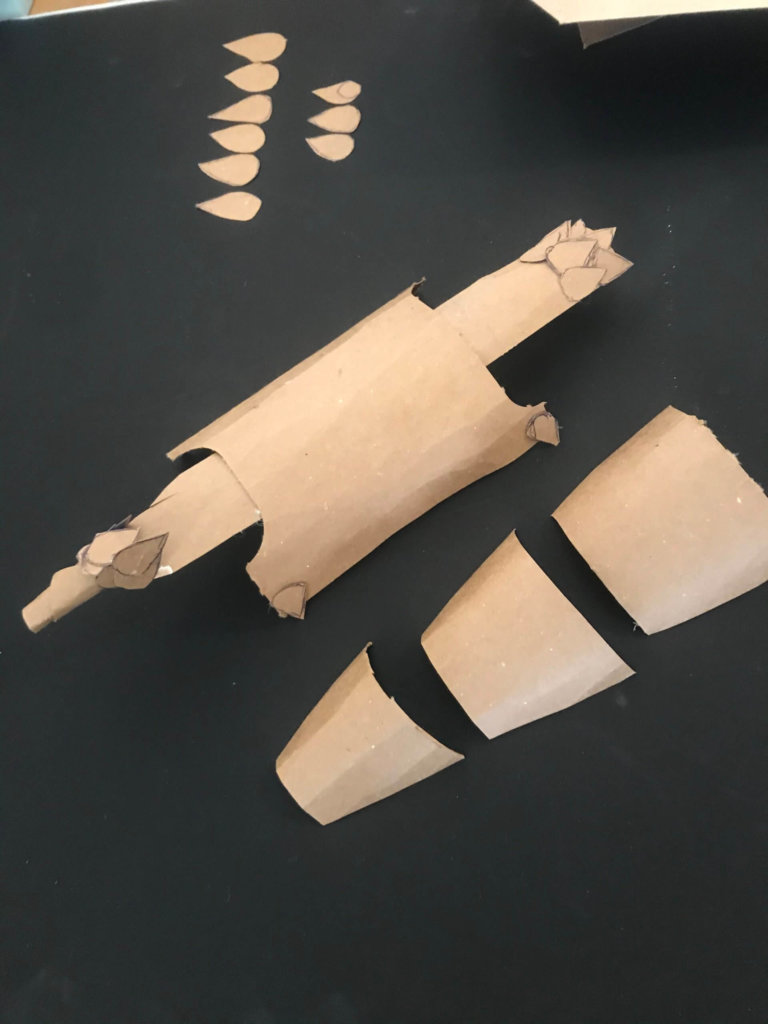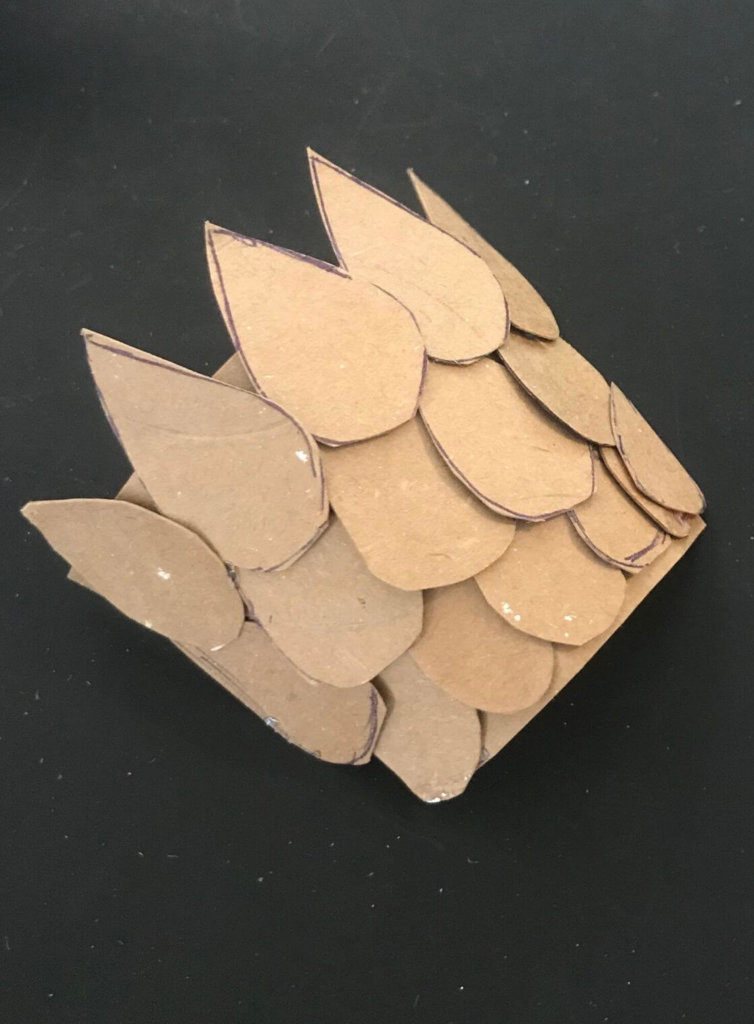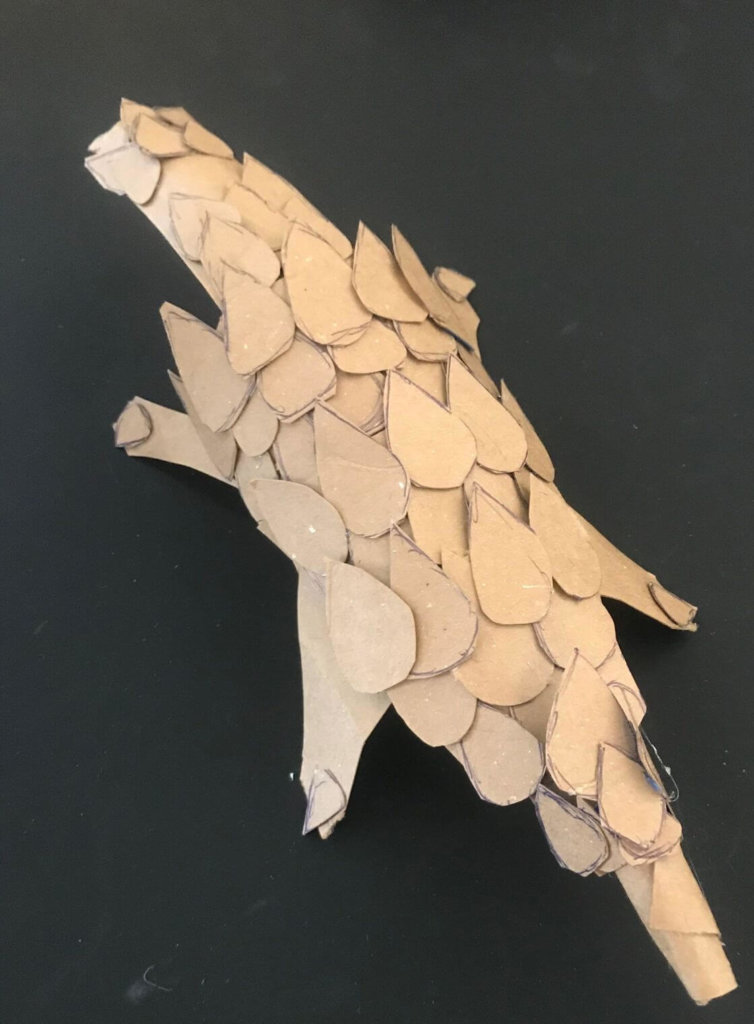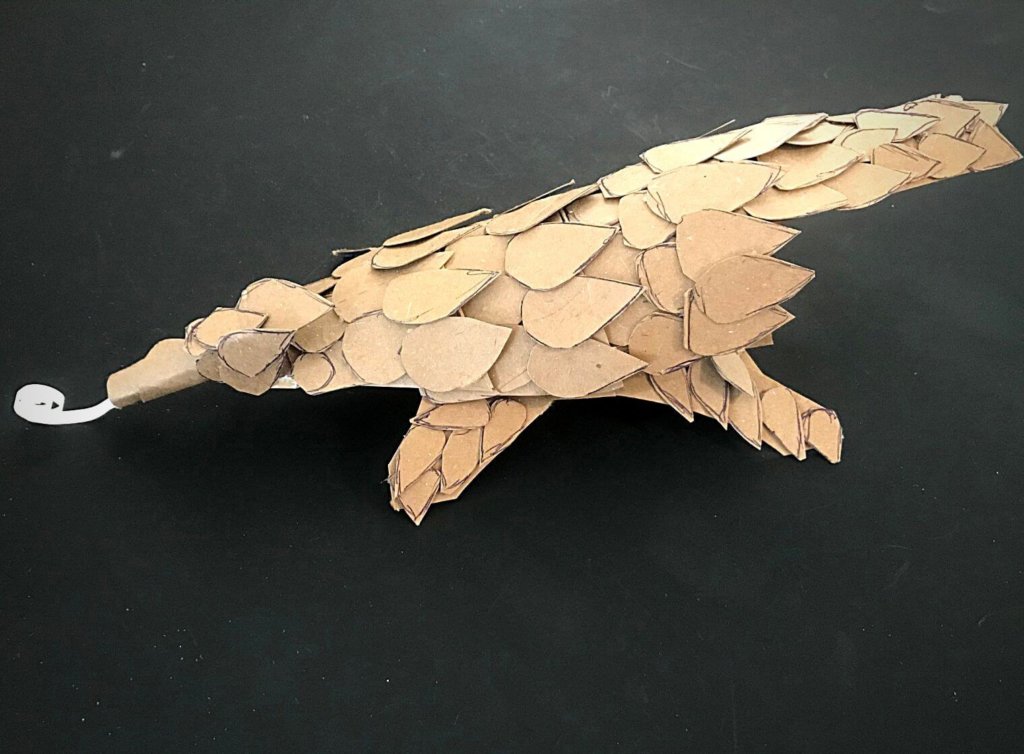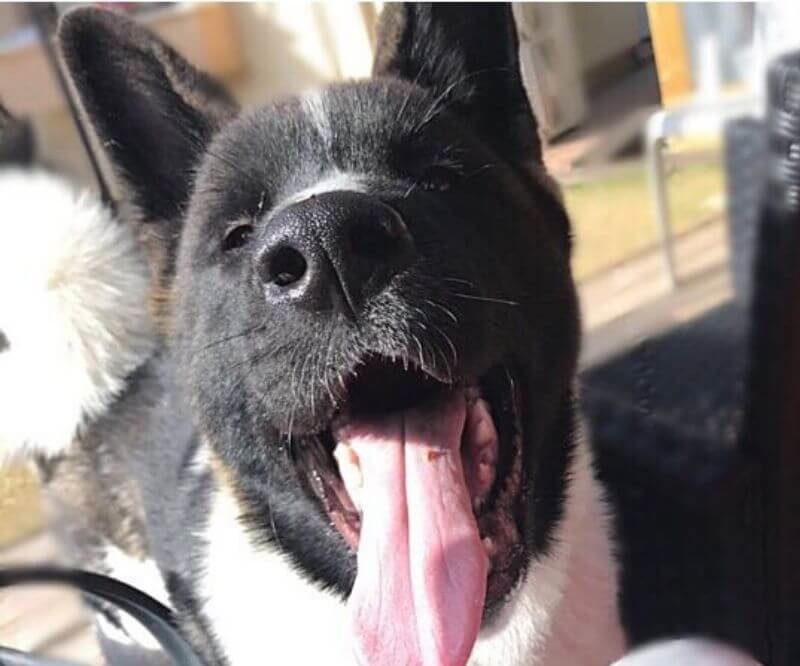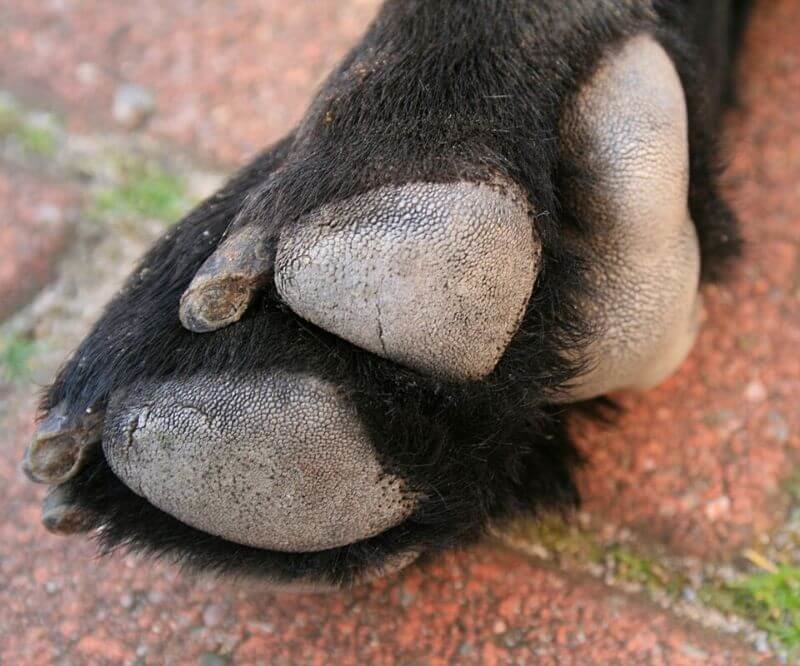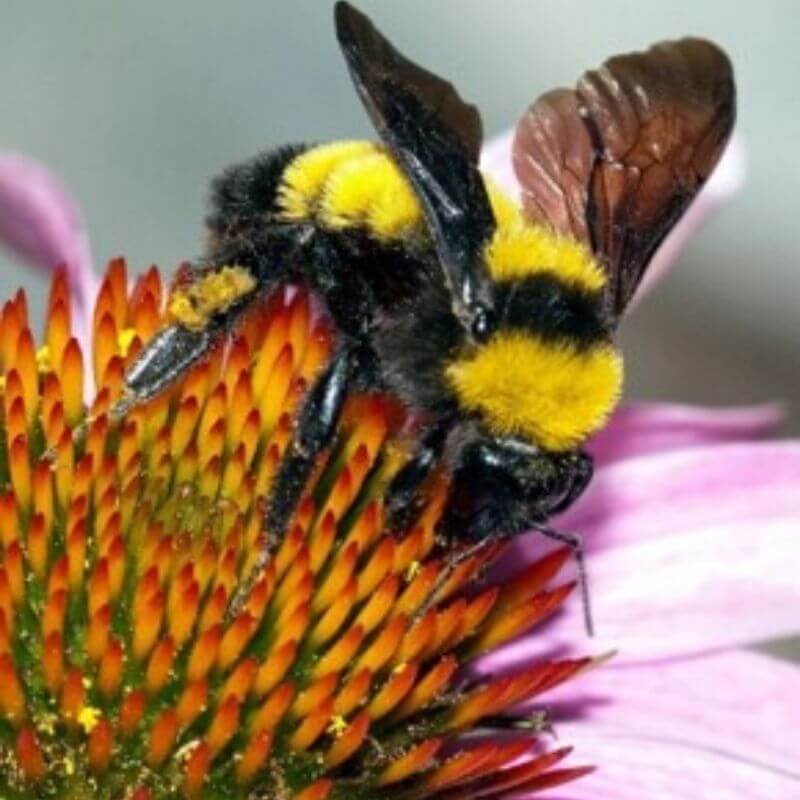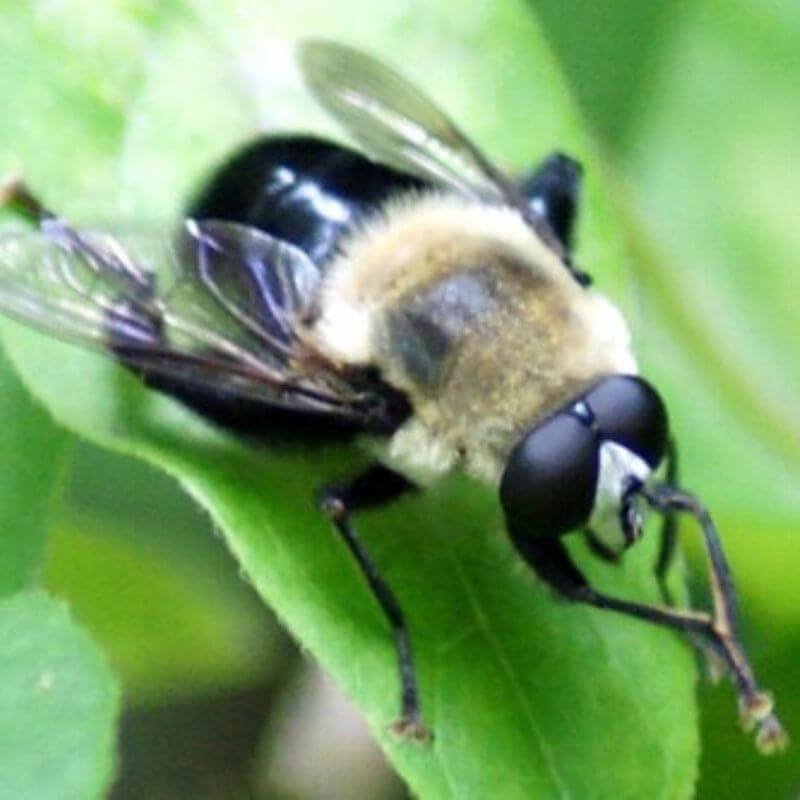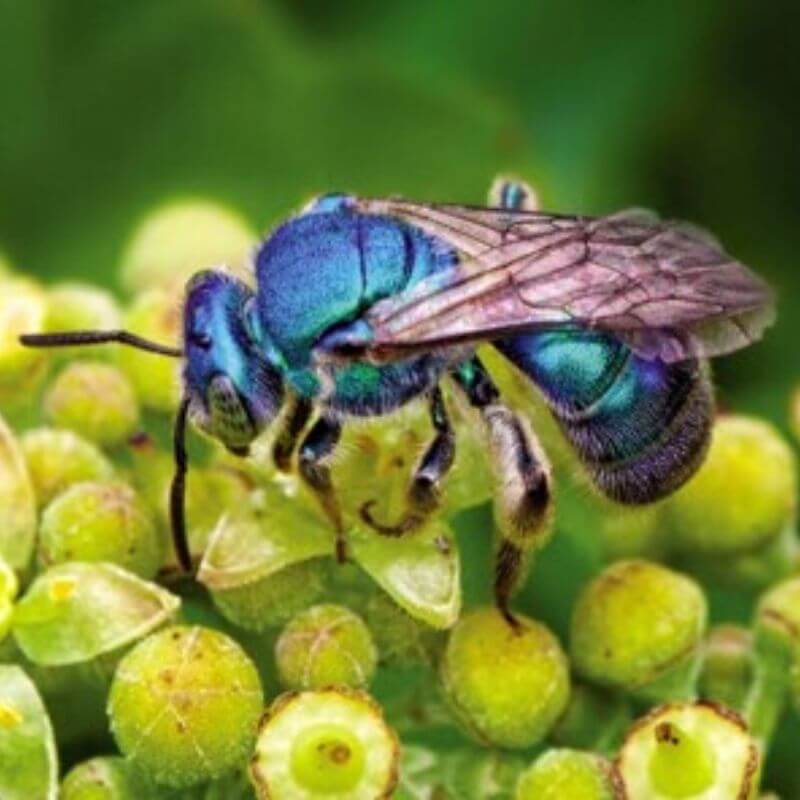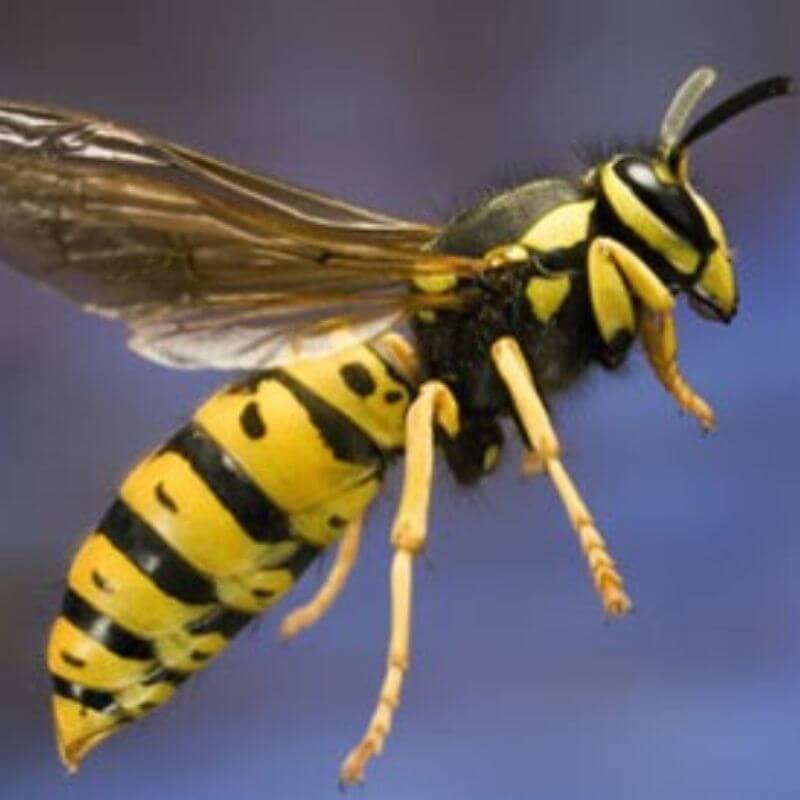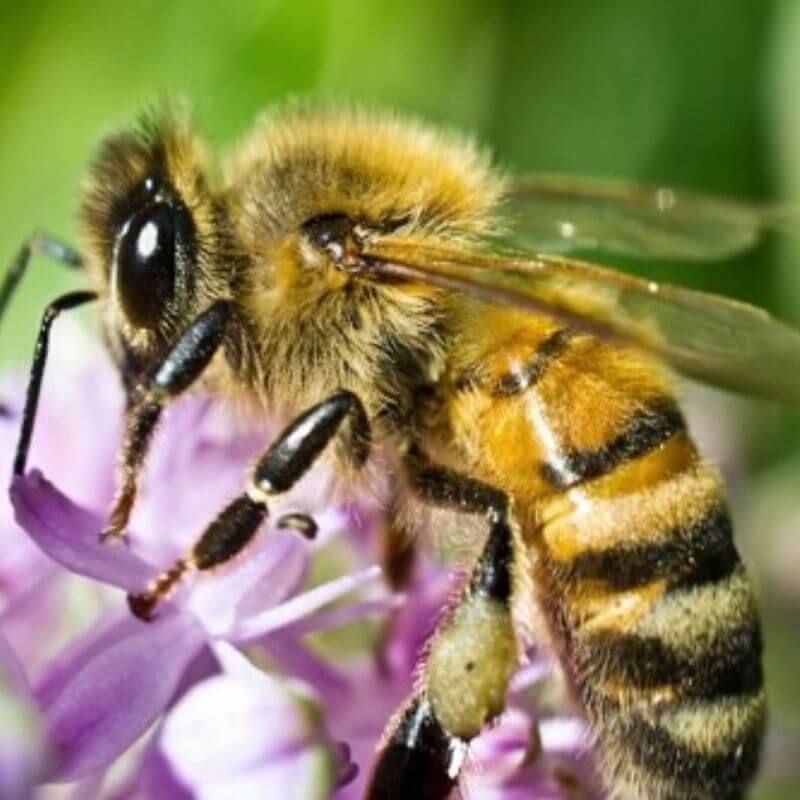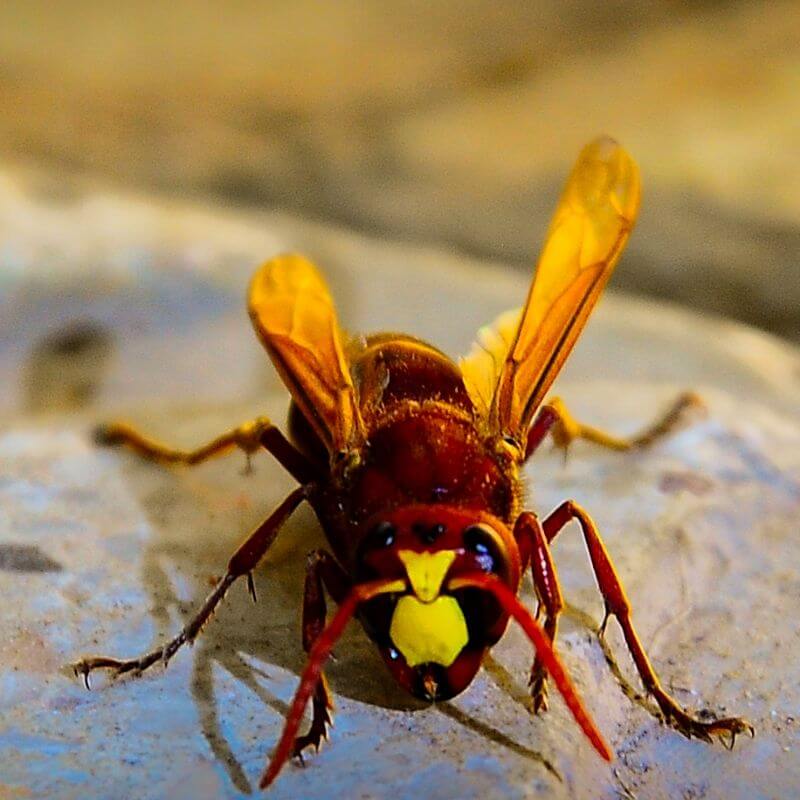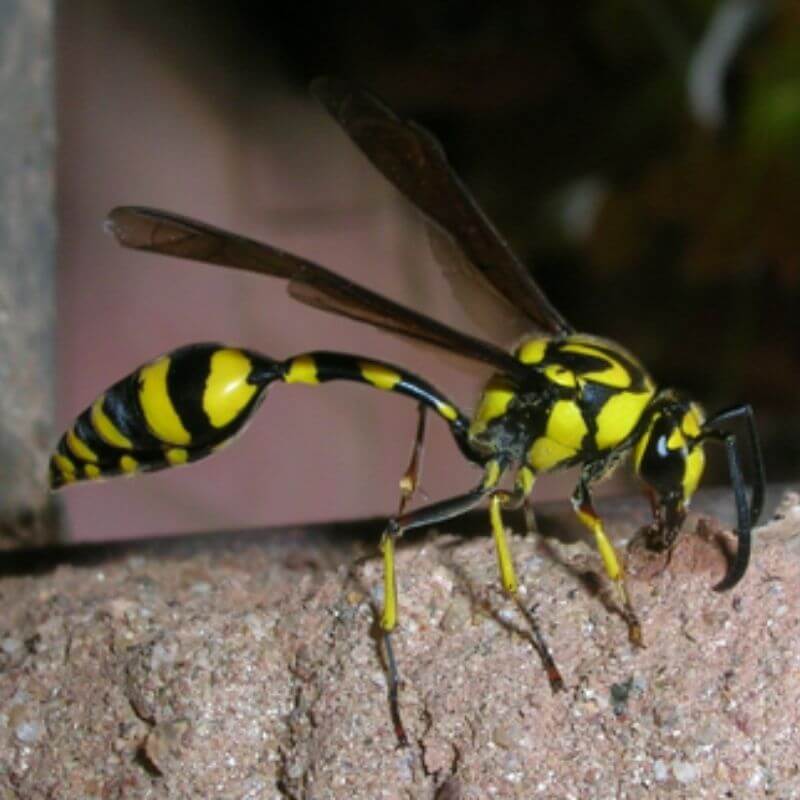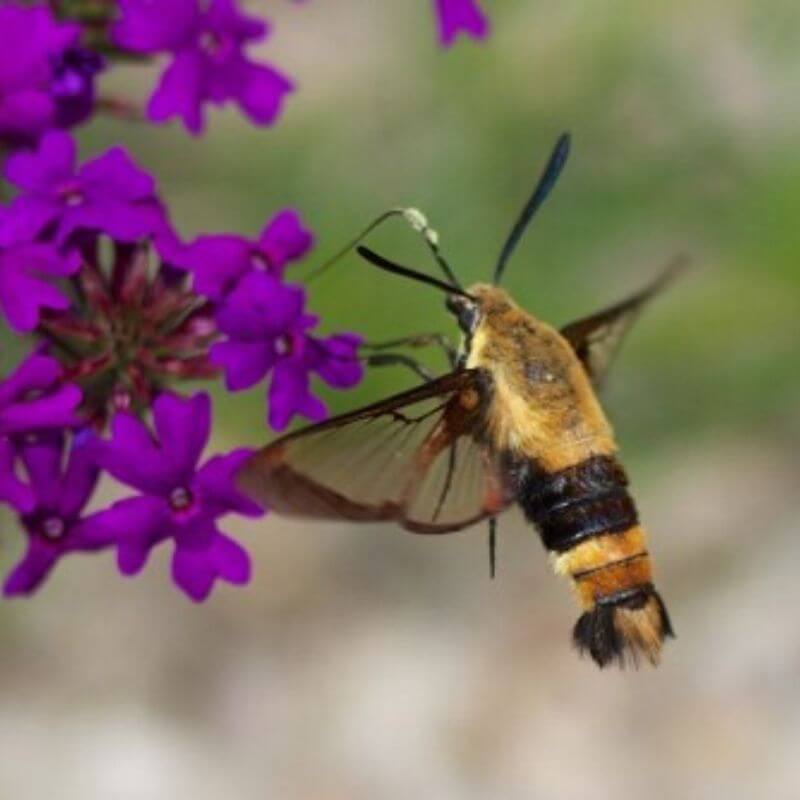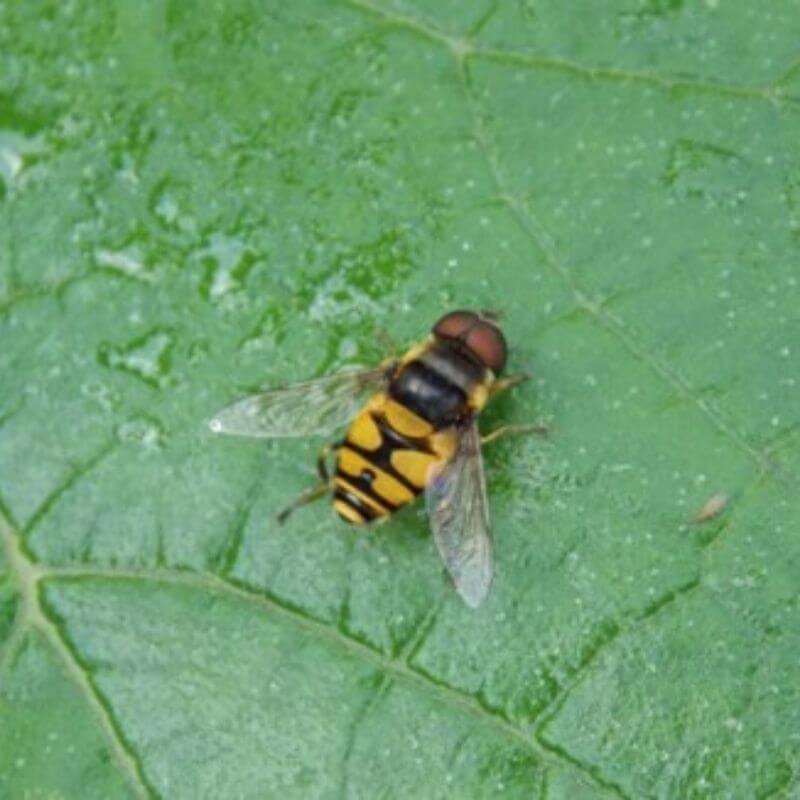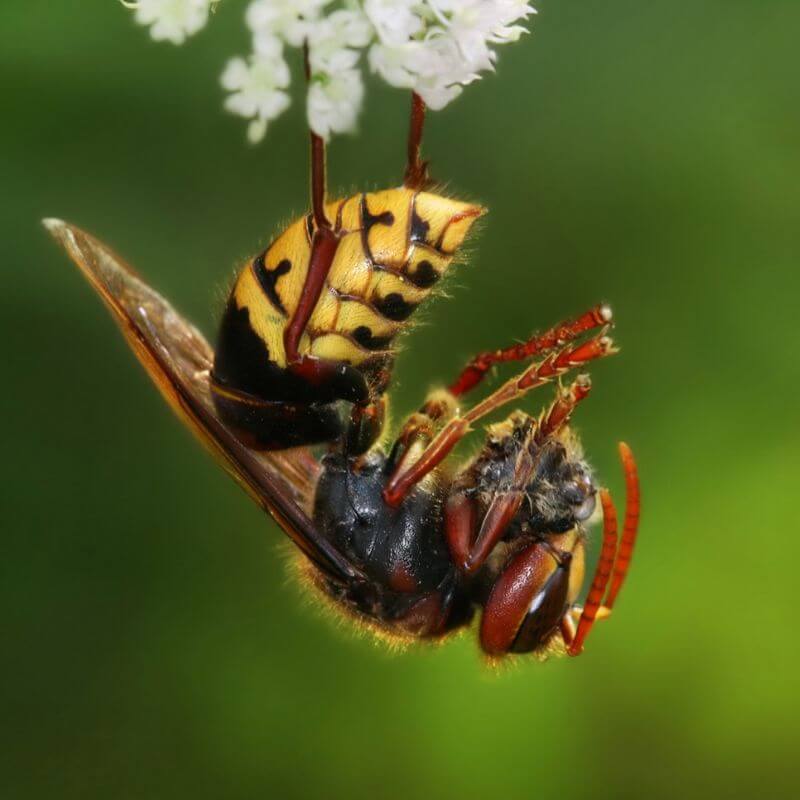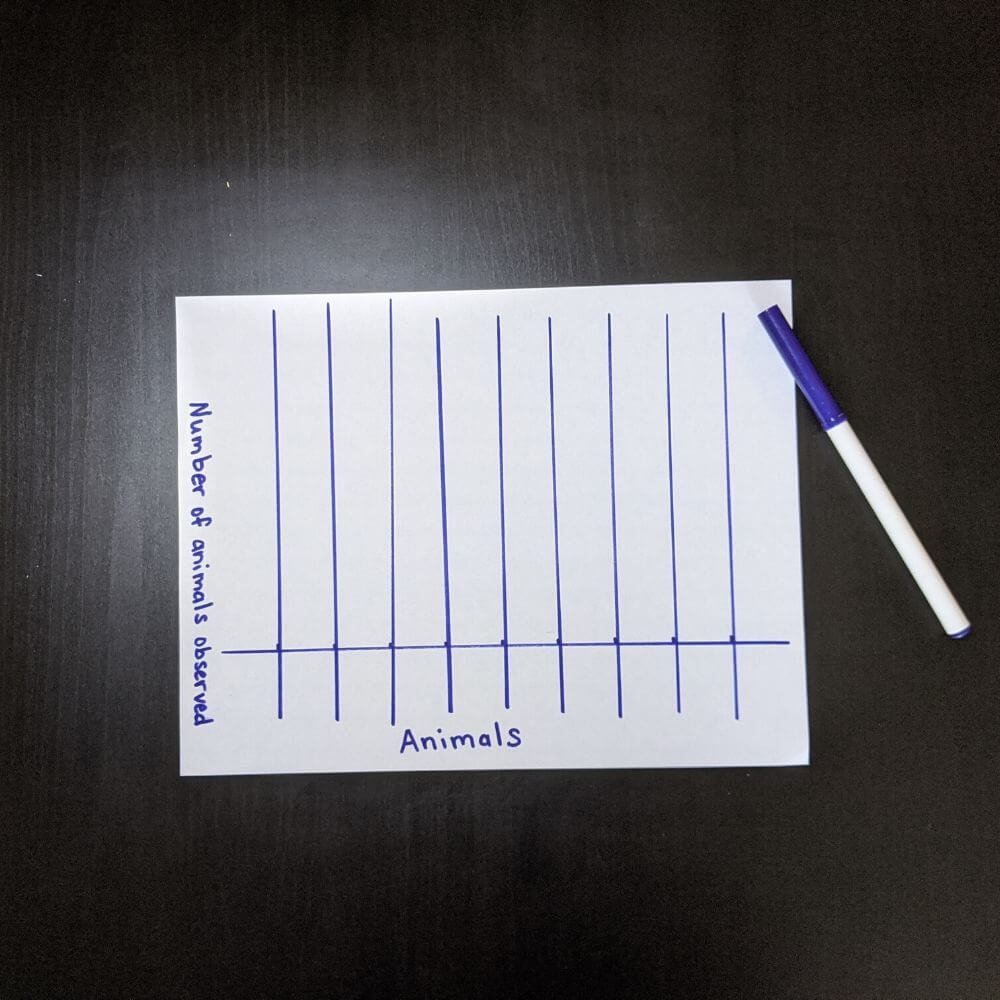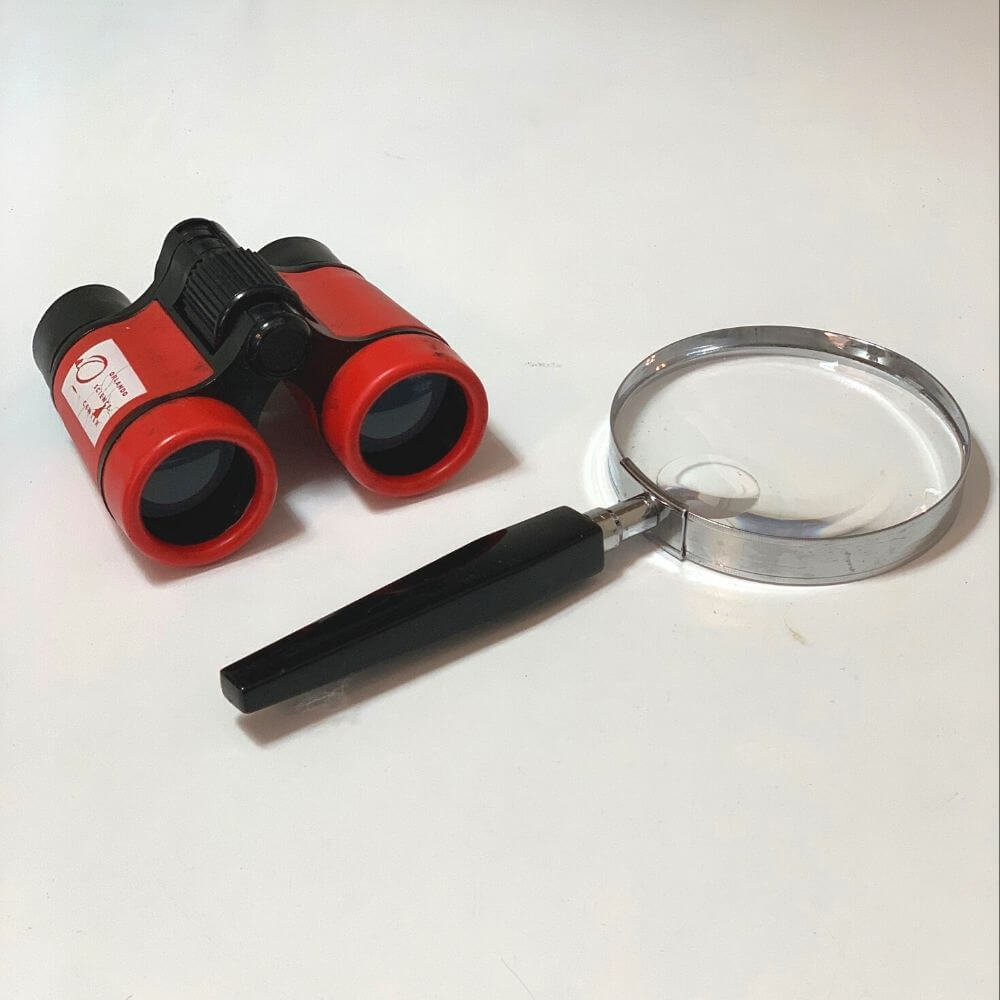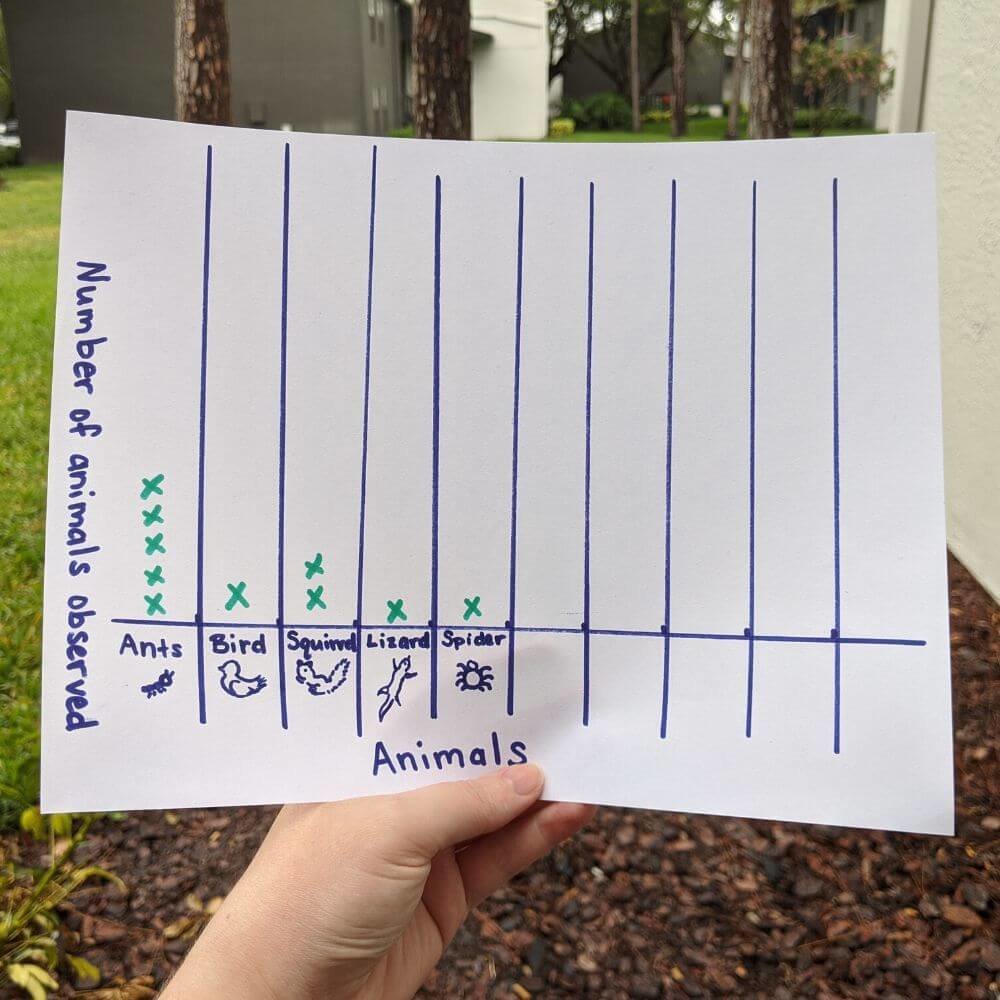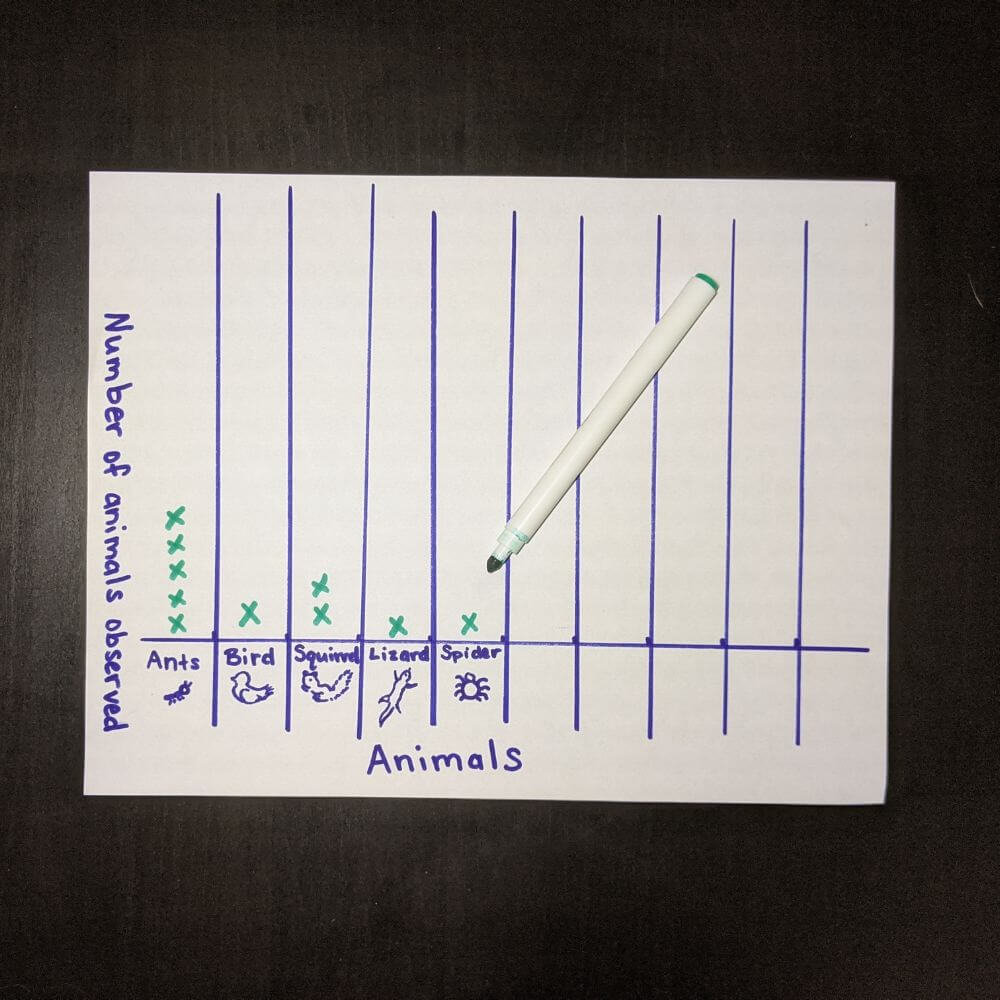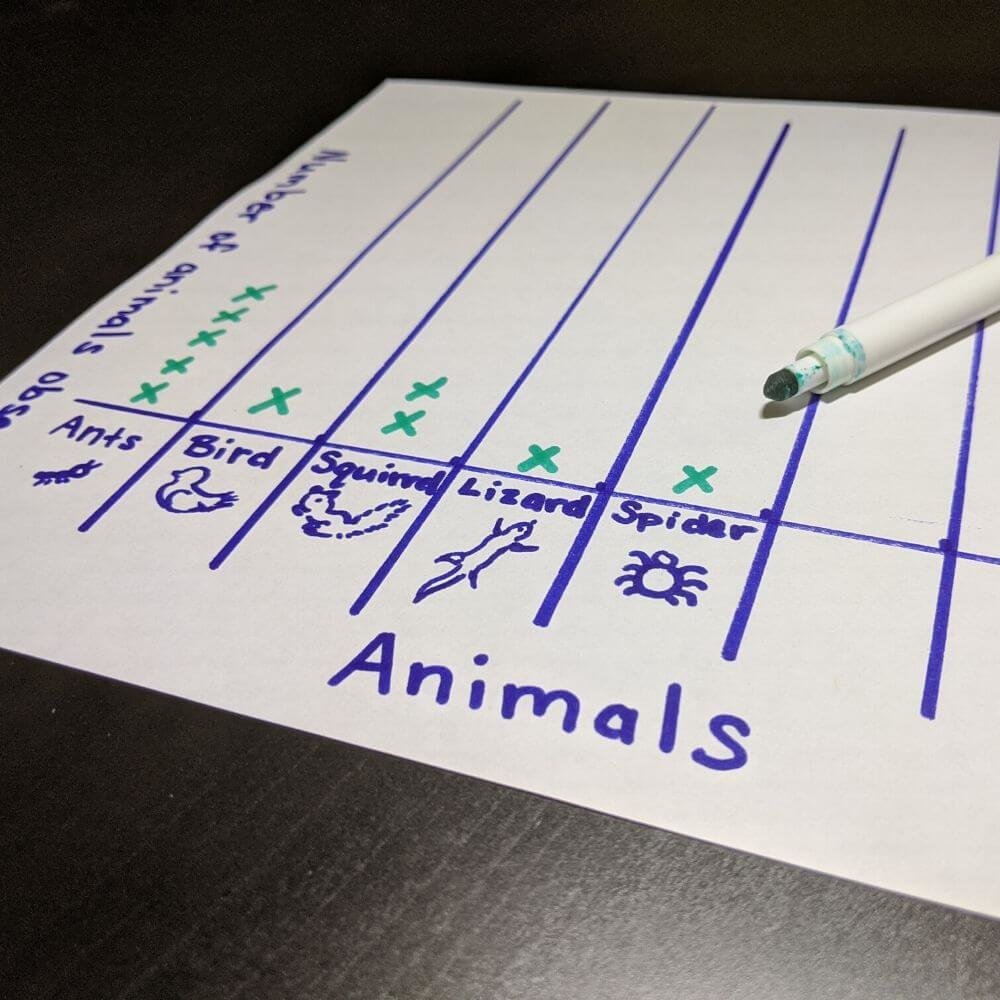Check out these 7 outdoor safety tips for kids!
When the sun is shining, there’s nothing better than getting outside, breathing in a breath of fresh air, and communing with nature! But don’t forget to keep safety in mind! Whether you’re camping or hiking the great outdoors — or just exploring your own backyard — check out these 7 outdoor survival and safety tips for kids!
Get more safety and survival tips, and put your hero skills to the test with new, interactive exhibit RESCUE now on display!
1. Not all who wander are lost. But if you are lost, stop wandering
If you find your surroundings are starting to become unfamiliar, it’s easy to want to retrace your steps, or find the last familiar setting. However, staying put
is the most important survival skill to teach your children. The farther they wander from the site where they were last seen, the harder it’s going to be for rescuers to find them. Staying in one place will also conserve energy and reduce their risk of falling or getting injured.
2. Wear bright colors
Bright colors will help you stand out from your surroundings, and even more so if your whole party is wearing matching colors. However, be mindful of your surroundings. If you’re spending time in or near water avoid blue, and if you’re spending time in a wooded area, avoid green.
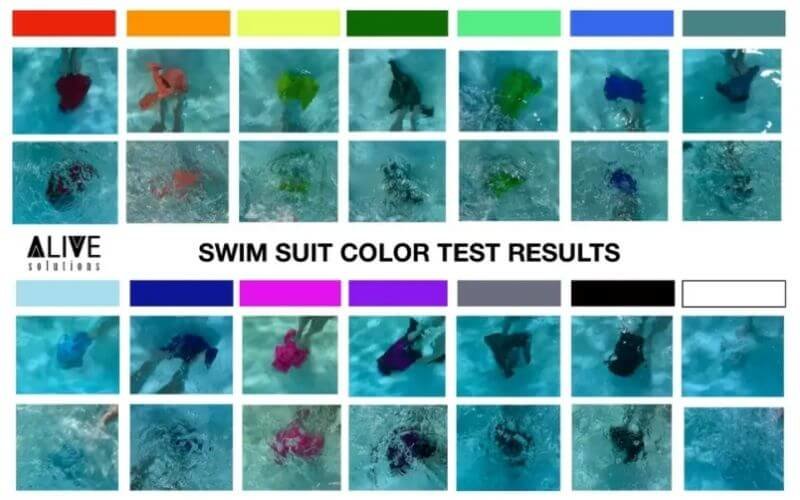
3. Keep calm and carry an explorer’s kit
Even on a short adventure, it’s always best to bring supplies! Here are some fundamentals to keep any adventure safe and fun.
- Sunscreen and bug spray
- A whistle
- A flashlight or glow sticks
- A poncho
- Water and non-perishable snacks
- A laminated emergency contact card
- For basic first aid, include: adhesive bandages, hand sanitizer, antibiotic cream, and antiseptic, wipes or spray, and any personal medications, inhalers, or EpiPens
4. Build a shelter
This is not only a good survival tip, but a fun one to practice! Children are naturally creative and, with a little guidance, design excellent shelters. Can a jacket or a poncho make a tent? What kind or sticks or foliage are around you? Next time you’re enjoying the outdoors, challenge your junior explorers to see what kind of shelter can be made from their surroundings.
5. Always wear sunscreen. Even on a cloudy day
Can you get a sunburn on a cloudy day? While clouds do reduce some of the sun’s UV rays, they don’t block all of them. UVA rays can penetrate clouds, and they can also reach below the water’s surface.
UVB rays can also damage your skin year-round, cloudy or not. Reflective surfaces like snow and ice also intensify UVB rays and their effects on the skin so be sure to apply sunscreen anytime you plan on spending time outside.
6. Know when it’s okay to ask for help
Children who are lost or in another emergency situation can often fear rescuers, in part because they learn about “stranger danger” at an early age. Sometimes, they’re so afraid, they hide from the very people searching for them or trying to help.
Explain to your children that if they find themselves in an emergency, the people calling their name are trying to help them. Show them what emergency professionals look like in their various uniforms: firefighters, law enforcement officers, and search and rescue dogs.
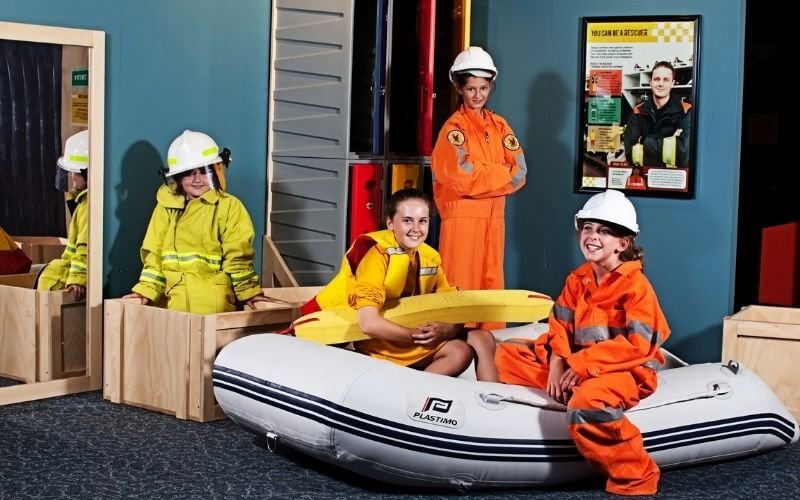
7. Expect the unexpected
No one ever plans an emergency situation, but you can plan for when one happens. Like fire drills or seatbelts, the best way to plan for the unplannable is to practice and incorporate safety into as much as your daily life is possible. Whether you’re just taking a walk in the park or exploring the wilderness, make sure you always have a plan, and know the plan!
